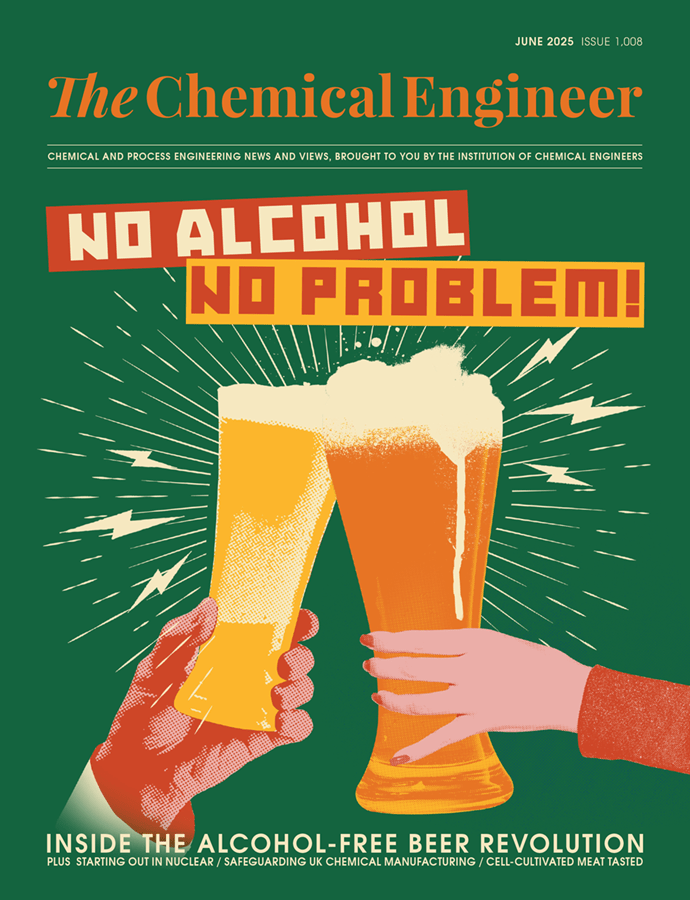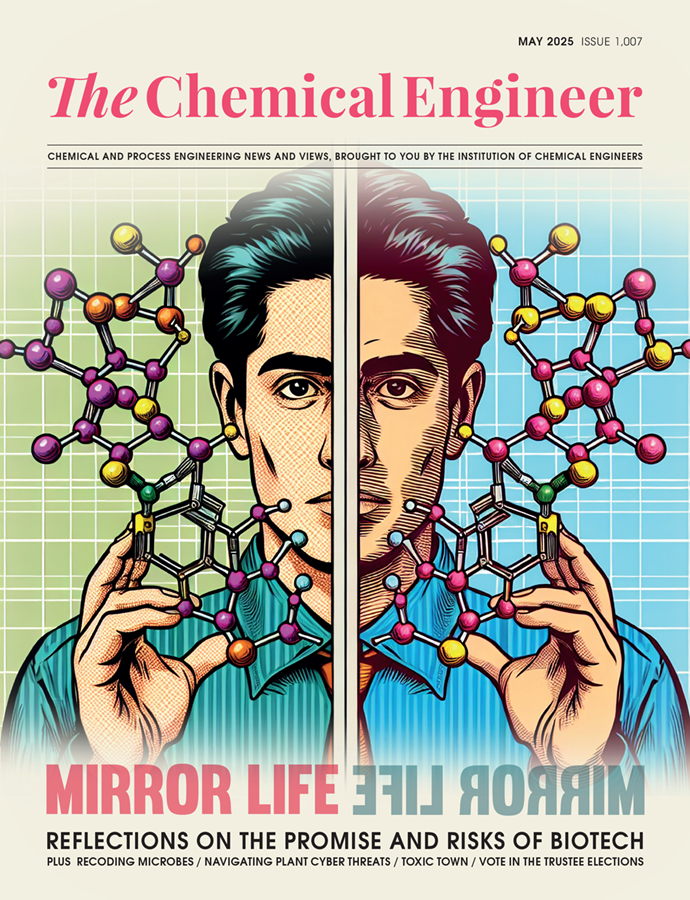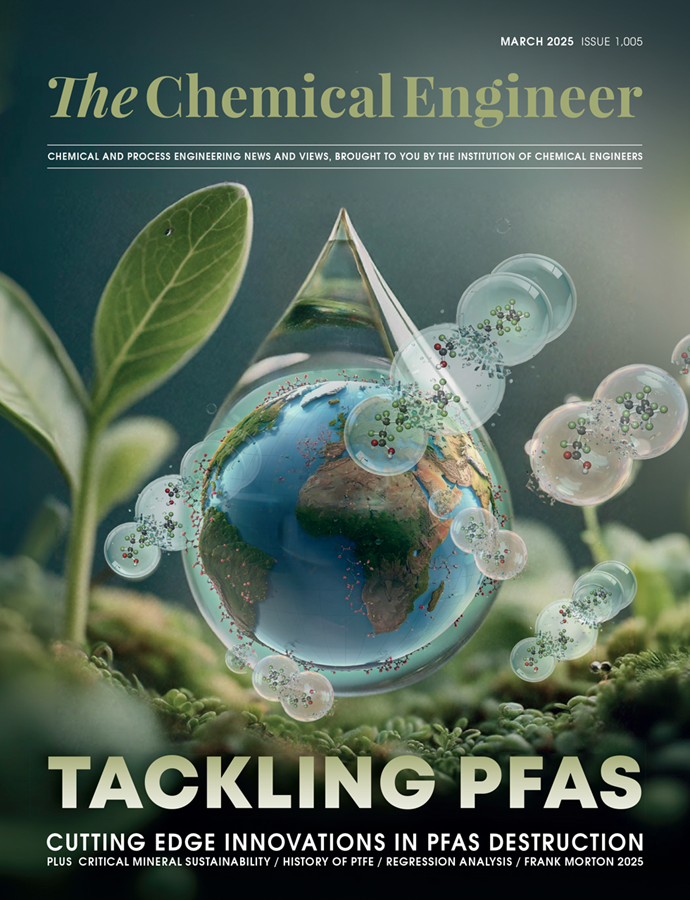Concrete may last longer in nuclear power plants than previously thought, Japanese researchers claim

RESEARCHERS at the University of Tokyo have found that concrete could be more resilient to neutron radiation than previously believed.
Concrete is commonly used in the outer structures of nuclear power plants, but it degrades due to neutron radiation from the reactor, limiting operating lifetimes to around 40 years. However, the latest research suggests that concrete may not degrade as quickly as assumed, and that plants could operate for longer before having to be decommissioned.
The team used X-ray diffraction to measure how the rate at which neutrons hit the surface of quartz caused the material to expand – quartz is a common ingredient of concrete, and its expansion is a key cause of cracks. They tested four types of quartz at temperatures between 45oC and 62oC: synthetic, sandstone, metachert, and granodiorite.
They found that, while a higher neutron rate caused greater expansion in the quartz, it was far less severe than expected. Using their experimental results they then produced a model which predicted that quartz expansion under “realistic conditions” of a nuclear power station would be “very limited”.
In addition, they found a possible dependency on the size of the quartz grains, particularly for high rates of neutron radiation.
While the temperatures used in this study are similar to those of the concrete walls in older nuclear fission power stations, the walls in fusion plants are far hotter, reaching between 300oC and 600oC.
The researchers claim that their study, published this month in the Journal of Nuclear Materials, is the first to complete a quantitative assessment of how neutron radiation impacts the longevity of concrete.
The team now plan to look at how other minerals in concrete behave under neutron radiation.
Safer, longer lifetimes
The team believes their research will help inform decisions on material selection for future nuclear power stations, as well as for refurbishing existing plants.
Ippei Maruyama, a professor of architecture at the University of Tokyo and lead author on the study, said that concrete degradation “may be less severe than anticipated, potentially allowing nuclear power plants to operate…over longer periods”.
In December, EDF granted extensions to four of the UK’s nuclear power stations, saying that their conditions on inspection were better than predicted.
Finding resilient materials for future nuclear fusion reactors remains a “major challenge”, according to the Fusion Industry Association’s 2024 survey, although recent breakthroughs have been made, including the UK Materials Processing Institute’s successful production of fusion-grade steel.
Recent Editions
Catch up on the latest news, views and jobs from The Chemical Engineer. Below are the four latest issues. View a wider selection of the archive from within the Magazine section of this site.




